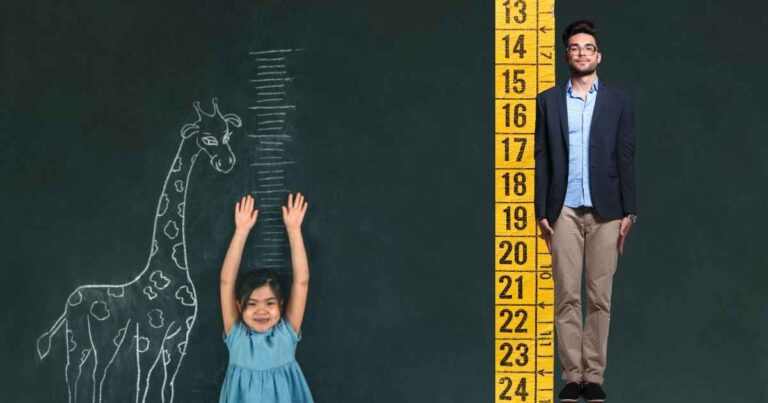What is a tailor tape? [full details]
The quality of an instrument depends upon the skills of its user! Tailor tape is an instrument we see in our daily lives at the tailor’s shop, surveyors, artisans, etc…It is a widely asked question “What is a tailor tape?” so let’s start the journey about it.
What is a tailor tape (definition)
A tape measure, often known as a measuring tape, is a long, flexible ruler. Whether it’s made of fabric, plastic, fiberglass, or metal, a ruler is just a long strip with a set of linear lines on it. It is a standard unit of measurement. Its compact form makes it ideal for stowing away in a toolbox or pocket, and its flexible head makes it simple to measure around curves and corners. It’s so common now that you can buy a little version of it as a keychain fob or other novelty item.
Surveyors often employ tape measures longer than 100 meters to do their work.
History of a Tailor tape
Tailor tape originated in ancient Egypt when surveyors employed leather or linen strips to measure land. Tailors started measuring clients and making custom-fitted clothing using comparable pieces of fabric in the Middle Ages.
James Chesterman devised contemporary tailor tape in England in the 18th century. Chesterman’s spring-loaded metal tape has a hook to hold it. His tape was a hit and established the standard for tailors worldwide.
In the 19th century, tailor tapes were manufactured of linen, cotton, and steel. They came in various lengths and widths. Tailor tapes were popular among tailors, seamstresses, quilters, and other enthusiasts.
Plastic and fiberglass tailor tapes were popular in the 20th century. These tapes outlasted linen and cotton tapes and were easier to read. With self-locking mechanisms and dual-sided scales, tailor tapes advanced.
Tailor tape is crucial for fabric workers nowadays. Professional tailors, seamstresses, and quilters utilize it. Each form of tailor tape has its own perks and characteristics.
Here are some interesting facts about the history of tailor tape:
- James Chesterman produced the first tailor tape measure in England in the 18th century.
- In the 19th century, tailor tapes were manufactured of linen, cotton, and steel.
- Plastic and fiberglass tailor tapes were popular in the 20th century.
- Tailor tapes are necessary for professional tailors, seamstresses, and quilters.
Types of tailor tape
Tailor tape is an essential tool for any seamstress, tailor, or hobbyist who works with fabric. It measures body measurements, fabric dimensions, and seam allowances. Tailor tape is available in a variety of types, each with its unique features and benefits.
The Most Accurate Measuring Tape For Sewing in 2024. Here are some of the most common types of tailor tape:
1). Retractable tailor tape:
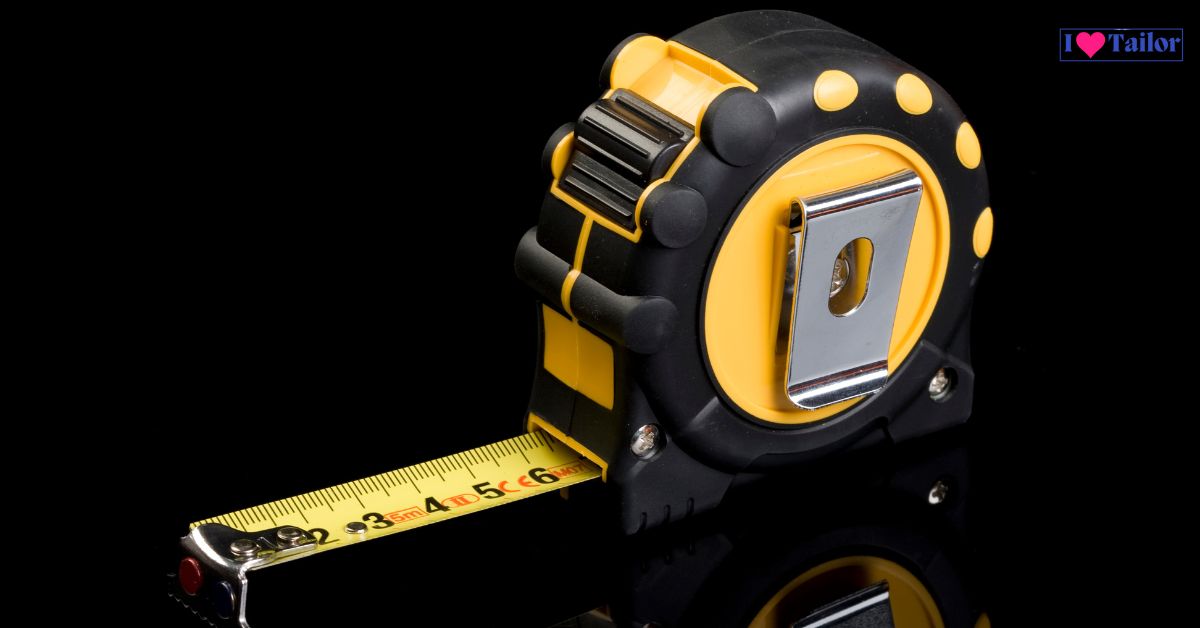
This is the most common type of tailor tape. It is easy to use and can be easily stored in a pocket or sewing kit. Retractable tailor tapes are typically made of flexible plastic or cloth and have a metal hook at the end that helps to keep the tape in place while measuring.
2). Tailor’s measuring tape:
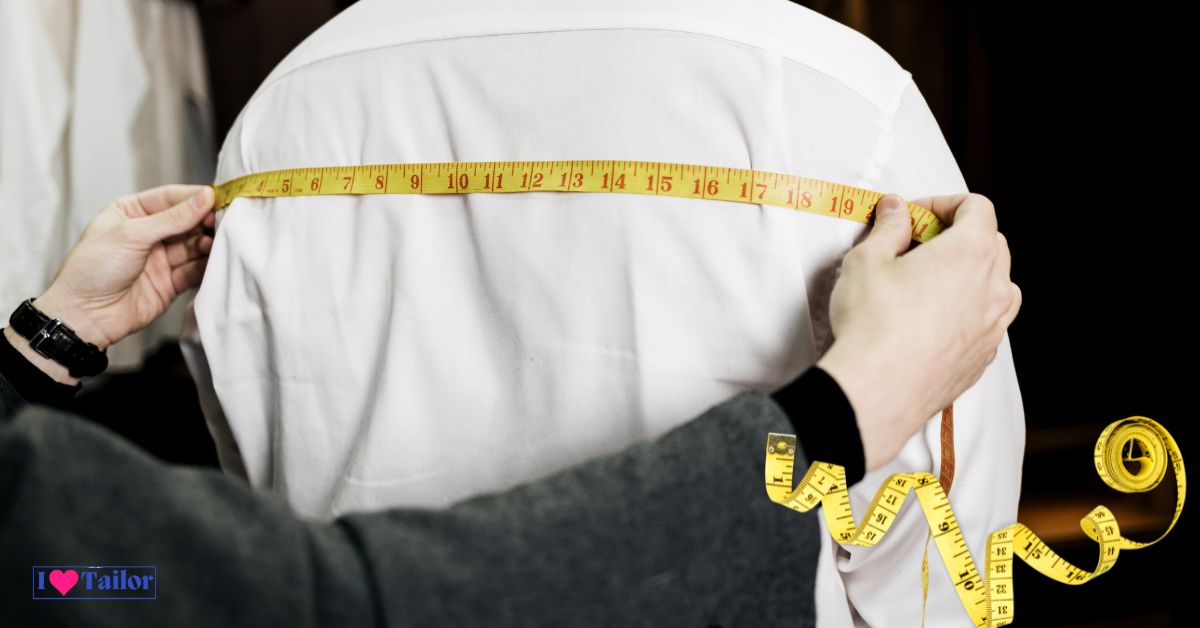
This type of tailor tape is similar to retractable tailor tape, but it is typically longer and has a wider blade. Tailor’s measuring tapes are often made of linen or cotton and have metal ends. They are ideal for taking body measurements and measuring large pieces of fabric.
3). Seamstress tape measure:

This type of tailor tape is very similar to a tailor’s measuring tape, but it is typically shorter and has a narrower blade. Seamstress tape measures are often made of fiberglass or plastic and have metal ends. They are ideal for taking precise measurements of small areas, such as seams and hems.
4). Body measuring tape:

This type of tailor tape is specifically designed for taking body measurements. It is typically made of flexible plastic or cloth and has a metal hook at the end that helps to keep the tape in place while measuring. Body measuring tapes are often marked in both inches and centimeters.
5). Curve measuring tape:
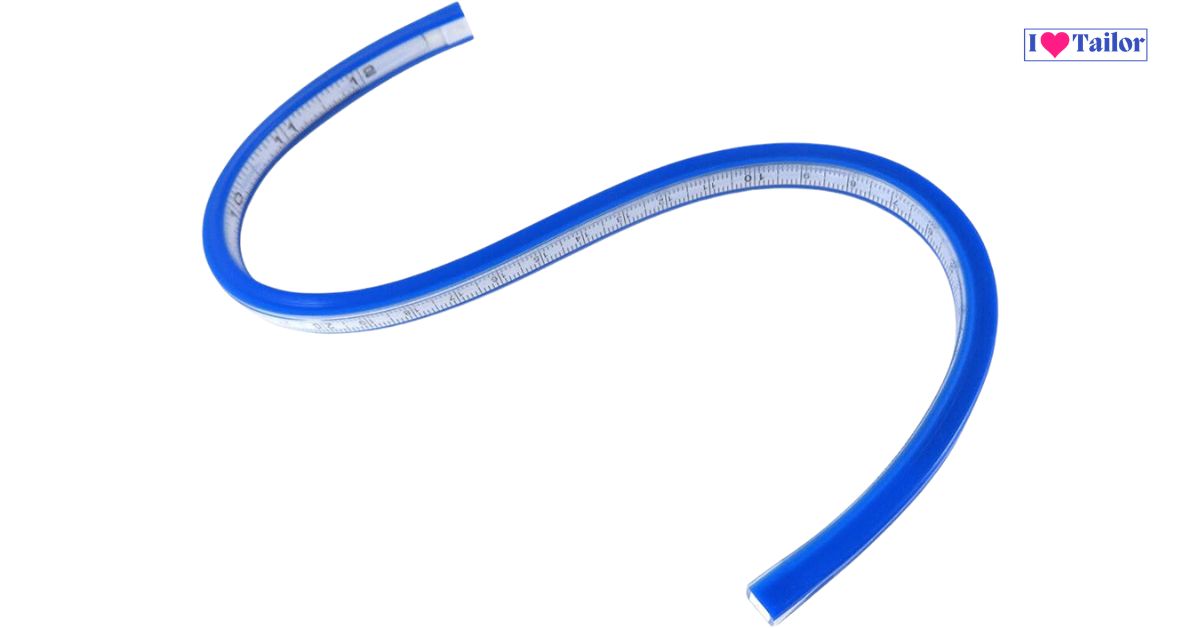
This type of tailor tape is designed to measure curves. It is typically made of flexible plastic or cloth and has a metal hook at the end that helps to keep the tape in place while measuring. Curve measuring tapes are often marked in both inches and centimeters.
6). Double-sided measuring tape:

This is the best tape measure I’ve ever used, and here’s why: the scale begins with a unit 1 at both ends, so you can pick up the tape at either end and know you’re holding the beginning of the scale. There was another name for them, “DUAL SIDED,” that came to me.
Although shorter tapes exist, the standard length is 60 inches (152 cm).
Uses of tailor tape
Tape measures are essential for skilled artisans and tailors for a wide variety of reasons, including but not limited to taking body measurements, drafting patterns, measuring fabric, laying out patterns on fabric, determining the desired length of a garment, determining the appropriate size of hems, measuring curves and corners, measuring curtains, quilts, etc.
How to read a tailor tape?

Before learning to read a tailor tape, you must grasp its history and structure. Tailor tapes (sometimes called tape measures) have been essential tools for craftspeople for generations, starting with the necessity to measure bodies accurately. A flexible fabric, plastic, or fiberglass measuring tool makes curved and straight surfaces simple and precise to measure. (A Sewing Tape Measure In Inches and Centimeters | With Pictures)
Tailor tapes come predominantly in two measurement scales: inches and centimeters. Here’s how to distinguish and read both:
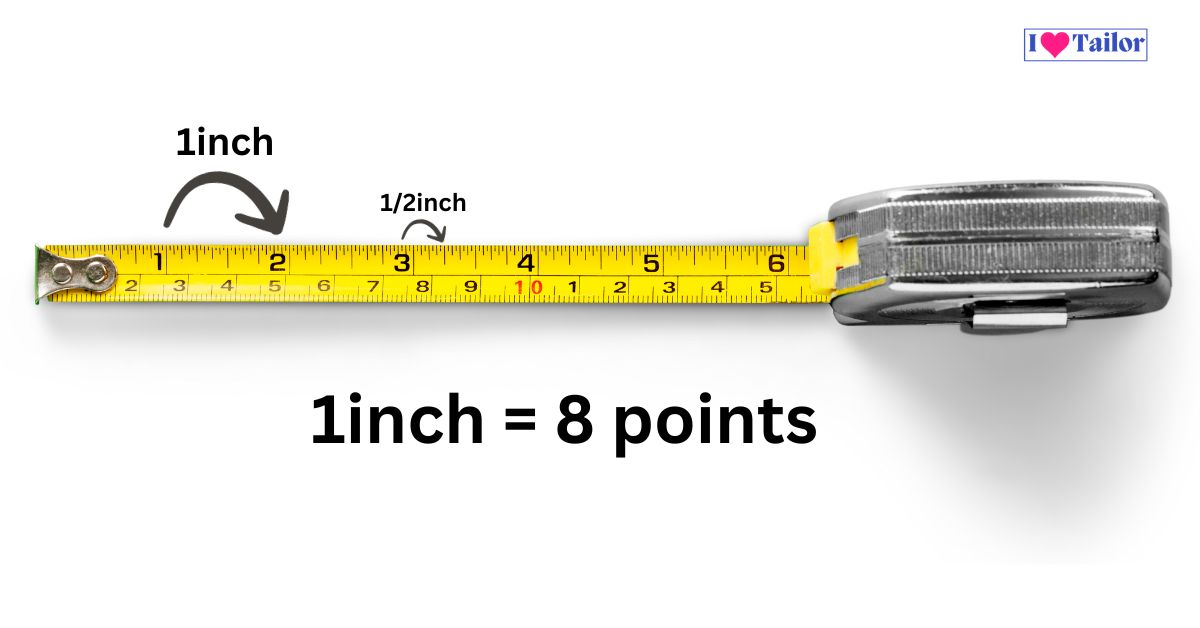
- Inches: One inch is subdivided into smaller fractions, such as 1/2, 1/4, 1/8, and 1/16. Each fraction represents a portion of an inch. When reading the tailor tape in inches, look for the longer lines that represent whole numbers (1″, 2″, 3″, etc.) and the progressively shorter lines for the fractions.
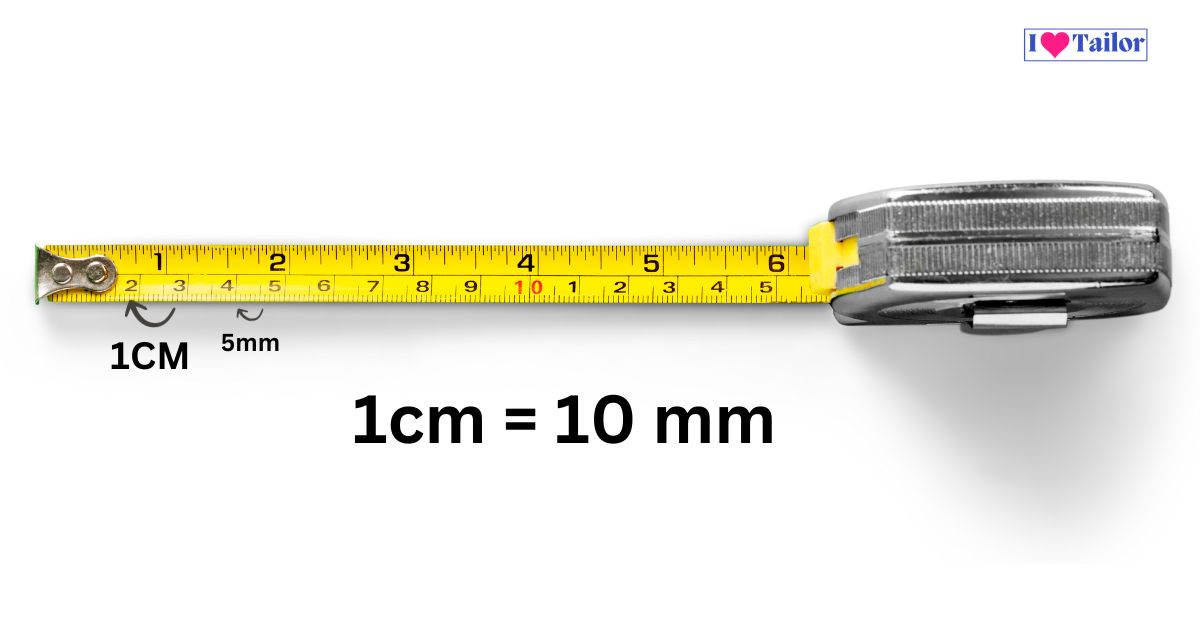
- Centimeters: One centimeter is divided into ten smaller units called millimeters. The longer lines on the tape signify the centimeter markings (1cm, 2cm, 3cm, etc.), and the shorter in-between marks denote each millimeter.
Ensuring Accurate Measurements
For accurate readings:
- Hold Taut, But Not Tight: When measuring, ensure the tape is taut against the surface or body part, but not so tight that it compresses the material or skin.
- Start from Zero: Always start your measurement from the zero point of the tape to get an accurate reading.
- Measure Twice: To ensure accuracy, it’s always a good practice to measure at least twice. This helps in cross-checking and verifying the measurements.
Common Measurement Points in Tailoring
For those keen on understanding how to take measurements using a tailor tape, here are some common measurement points in tailoring:
- Bust/Chest: Measure around the fullest part, ensuring the tape remains horizontal to the ground.
- Waist: Measure around the narrowest part of the torso, which is typically an inch above the belly button.
- Hips: Measure around the fullest part of the hips and buttocks, keeping the tape parallel to the ground.
- Sleeve Length: Starting from the shoulder’s edge, measure down to the desired length, typically just past the wrist.
- Inseam: Measure from the crotch down to the desired length, which could be just below the ankle for full-length pants.
Tips for Maintenance and Longevity of Your Tailor Tape
A tailor tape is a tool, and like all tools, its longevity and accuracy are maintained with proper care. Here are some tips to ensure your tape remains in optimal condition:
- Avoid Creasing: Continually folding or bending the tape at sharp angles can lead to creases, which may affect the accuracy of measurements.
- Store Properly: When not in use, roll the tape loosely and store it in a cool, dry place.
- Keep it Clean: Occasionally wiping your tape with a damp cloth can remove any dirt or residue, ensuring clear visibility of markings.
- Avoid Exposure: Keep the tape away from direct sunlight or extreme temperatures, as these can warp the material and fade the markings.
Get complete information about reading a tailor tape “ Read a tailor tape“
FAQs
What is a tailor’s tape called?
Tailor’s tape is sewing tape. Soft, flexible tape measures are used to measure body, fabric, and seam allowances.
What is the difference between tailor tape and measuring tape?
Tailor tape is flexible and easy to wrap around curves, while measuring tape is typically rigid. Tailor tape is also marked in both inches and centimeters, while measuring tape may only be marked in one unit.
What is inches and cm in tailor tape?
Tailor tape has two sides: inches on one side and centimeters on the other, so you can measure in whichever unit you prefer.
Tailor tape has 60 inches on one side and 152.4 centimeters on the other. So, there are 152.4 / 2.54 = 60 inches in 152.4 centimeters.
Conclusion
In essence, What is a tailor tape? a tailor tape is an indispensable tool in the fashion and tailoring industry, serving as the bridge between imagination and realization. Designed for precision, it is meticulously calibrated in inches or centimeters, allowing for the accurate measurement of both straight and curved surfaces. Beyond its utility in clothing creation, tailor tape is a testament to the importance of detail and precision in bringing visions to life. Whether you’re a seasoned sailor, an aspiring fashion designer, or a casual enthusiast, understanding and valuing the tailor tape’s role is fundamental in the world of apparel and design.
THANKS!





